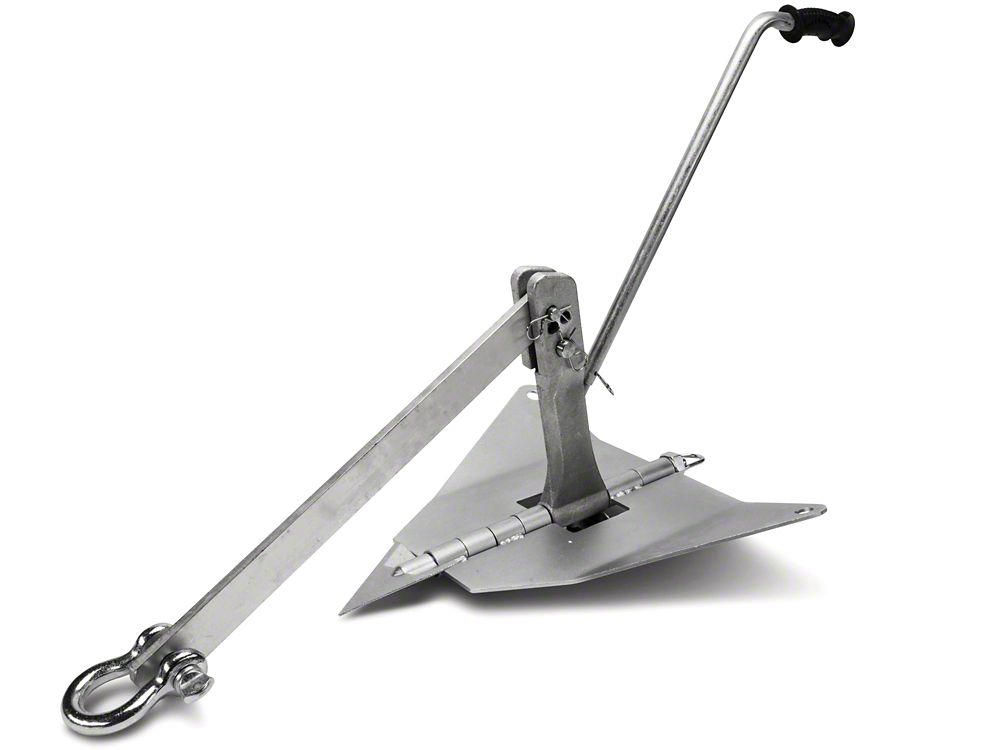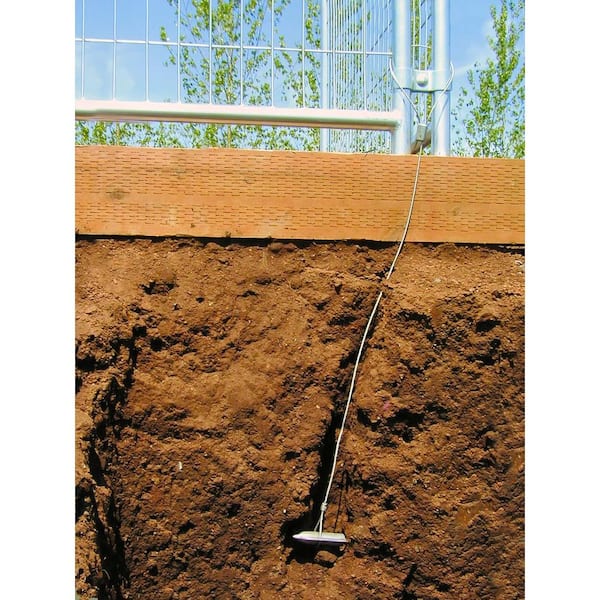Why You Should Use a Strong Ground Anchor for Enhanced Stability
Why You Should Use a Strong Ground Anchor for Enhanced Stability
Blog Article
Explore the Different Kinds Of Ground Support for Your Following Project
When getting started on a building and construction or landscaping job, understanding the numerous kinds of ground supports available is vital to making sure both stability and resilience (Ground Anchor). From auger supports, which stand out in diverse soil conditions, to stake anchors made for short-lived setups, the options are many. Furthermore, concrete and screw supports existing special benefits in details scenarios, while deadman supports are tailored for applications needing resistance to side pressures. The choice of a suitable anchor kind can significantly influence the total success of your job, triggering additional expedition into their respective advantages and applications.

Auger Anchors
Auger anchors are a popular option in different building and construction and landscape design projects due to their distinct style and reliable securing capabilities. These supports are composed of a helical screw-like shaft that is driven into the ground, permitting a stable and safe and secure hold. The spiral style facilitates simple installment and maximizes resistance versus lateral pressures, making auger anchors especially effective in applications such as fence, temporary structures, and erosion control.
The installation process of auger supports is reasonably straightforward. They can be by hand or mechanically mounted, relying on the dimension and needed deepness. This versatility permits for their use in varied soil conditions, from sandy to clayey surfaces. Auger anchors can be easily eliminated and reused, which adds to their cost-effectiveness and sustainability.
Among the significant benefits of auger anchors is their ability to disperse lots uniformly throughout the bordering dirt, reducing the danger of dirt disturbance and lessening environmental influence. Additionally, they are much less susceptible to heaving or loosening gradually compared to standard anchoring methods. Auger anchors are an outstanding choice for jobs calling for dependable and long lasting anchoring solutions.

Stake Anchors
When it comes to protecting structures in a range of outdoor applications, risk supports offer a uncomplicated and reliable solution. These supports are usually created from resilient products such as steel or aluminum, made to endure environmental tensions while supplying optimum stability. Their straightforward layout enables fast setup, making them an optimal choice for temporary or irreversible anchoring needs.
Stake supports are particularly valuable in safeguarding tents, canopies, and various other light-weight frameworks versus wind and weather condition. They function by being driven into the ground at an angle, producing a strong hold that stands up to pull-out pressures - Ground Anchor. The effectiveness of stake anchors relies on numerous variables, including dirt type, dampness web content, and the angle of installation
For included safety and security, numerous risk supports feature accessory points for straps or ropes, enabling for stress modifications as necessary. In applications such as landscape design or construction, they can properly stabilize tools or frameworks on unequal surface. In general, risk anchors offer a flexible and affordable solution for securing numerous outside setups, making them a recommended choice for specialists and do it yourself enthusiasts alike.
Concrete Anchors
Concrete anchors give a durable solution for securing structures to concrete surfaces, ensuring stability and security in different applications. These supports are important for projects varying from property constructions to large-scale industrial setups. They can be found in different types, including growth anchors, glue anchors, and undercut anchors, each designed for particular tons demands and environmental problems.
Expansion supports rely on mechanical devices to grasp the concrete when mounted. They are perfect for tool to sturdy applications. Sticky anchors make use of high-strength epoxy or material to bond the anchor to the concrete, providing remarkable load-bearing capabilities, particularly in cracked concrete scenarios. Undercut anchors develop a special form within the concrete, providing exceptional holding power, particularly in applications where tensile lots prevail.
When performed properly, concrete supports substantially boost the structural honesty of numerous jobs, making them essential in modern building techniques. Understanding the details requirements of your task will certainly aid in selecting the right kind of concrete anchor for the task.
Screw Anchors

Screw supports are a functional attaching solution that can be effectively used in a variety of applications where traditional concrete supports might not suffice. These supports contain a helical design that enables them to be quickly driven into the ground, making them ideal for use in dirt and other substratums. Their special framework supplies superb holding power and resistance to pull-out pressures, making them ideal for many projects, from landscape design to architectural support.
One of the key advantages of screw supports is their simplicity of installment. They call for minimal tools and can commonly be mounted without the demand for excavation, which conserves both time and labor prices. Additionally, screw anchors can be gotten rid of and recycled, providing a sustainable service for short-lived applications.
Screw anchors are particularly useful in locations where soil conditions are testing, such as loosened or sandy soils. Their capacity to be installed at differing midsts permits customization based upon details job requirements. Overall, screw anchors supply a effective and reputable anchoring technique, making them an excellent choice for service providers and engineers looking for effective remedies for their projects.
Deadman Anchors
Deadman supports function as a robust remedy for supporting structures in challenging conditions, specifically where conventional anchoring techniques might drop short. These supports consist of big, hefty objects buried underground, which develop resistance against side pressures. The layout commonly involves a horizontal component, such as a block of concrete or a steel plate, hidden in the dirt, to which wires or straps are affixed.
The effectiveness of deadman anchors lies in their ability to disperse loads over a larger area, decreasing the threat of failure in unstable soil conditions. They are specifically useful in applications such as keeping wall surfaces, temporary frameworks, and find incline stabilization, where soil movement can jeopardize the honesty of the framework.
Installation of deadman anchors requires mindful planning to ensure they are positioned at the right deepness and orientation, optimizing view their load-bearing capability. While they may need more labor and product than light-weight anchors, their reliability in negative problems makes them important for long-lasting projects. Deadman supports are functional and can be adjusted to various applications, making them a go-to choice for engineers facing unique difficulties in their tasks.
Final Thought
Auger anchors succeed in diverse soil problems, while risk anchors match temporary applications. For concrete surface areas, expansion and glue anchors provide trustworthy alternatives, and screw supports offer convenience in challenging surfaces.
Furthermore, concrete and screw anchors present unique advantages in particular circumstances, while deadman supports are tailored for applications requiring resistance to lateral forces - Ground Anchor.Auger supports are a popular option in different building and landscape design tasks due to their special layout and reliable anchoring capabilities. visit this website They come in different kinds, including development supports, glue anchors, and undercut supports, each designed for particular lots needs and environmental problems
Glue anchors utilize high-strength epoxy or material to bond the support to the concrete, providing superior load-bearing capabilities, particularly in cracked concrete situations. Overall, screw anchors give a trustworthy and reliable securing technique, making them an outstanding choice for designers and service providers looking for reliable services for their tasks.
Report this page